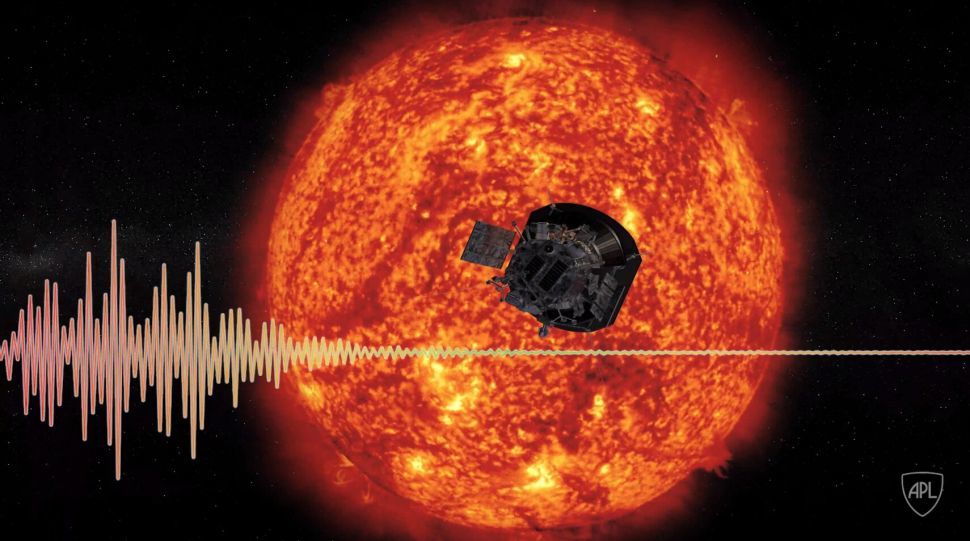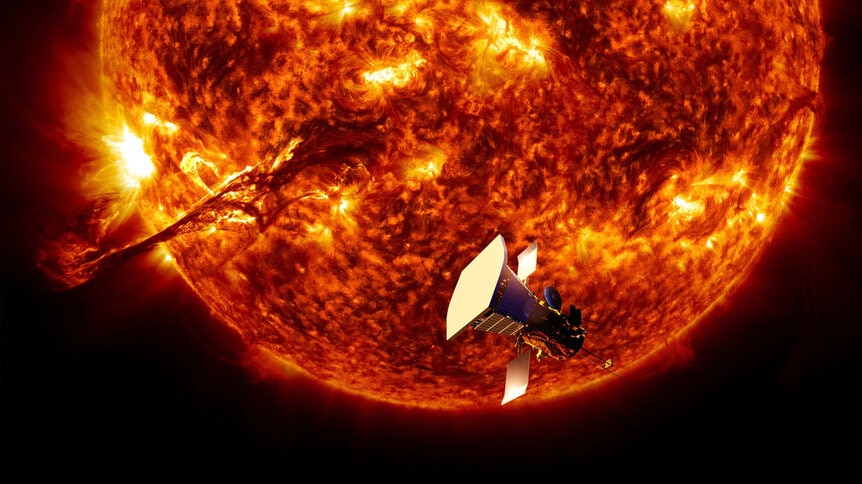Create a free profile to get unlimited access to exclusive videos, sweepstakes, and more!
Tune in to the sweet sounds of NASA's Parker Solar Probe solar wind sonata

Classical enthusiasts will no doubt be familiar with the Pythagorean concept of The Music of The Spheres, an inaudible harmony that exists between heavenly bodies, but now NASA's intrepid Parker Solar Probe is contributing to an ear-pleasing outer space playlist with its own cosmic tune featuring the weird sounds emanating from our sun's scorching solar wind.
First launching in August of 2018 and already breaking record by flying faster and closer to the sun than any other man-made object in history, the fearless spacecraft has been dipping down into the sun's corona to study the effects of the solar wind's accelerating charged particles and the temperature fluctuations in our shining star's outer atmosphere.
Employing the probe's Electromagnetic Fields Investigation (FIELDS) instrument, scientists have detected aberrations in the sun's electric and magnetic fields caused by plasma waves within the solar wind stream. Researchers believe particles could surf these violent plasma waves, which might explain why these particles are being propelled to much greater speeds.
This data dump arriving via the FIELDS instrument indicated the frequency and amplitude of interactions between plasma waves and particles, allowing the Johns Hopkins APL Team to convert them into a symphony of audible rustles, clicks, chirps, and whistles. Listen in and tell us if it brightens your day:
"We are looking at the young solar wind being born around the sun," explained APL mission project scientist Nour Raouafi in a Johns Hopkins statement. "And it's completely different from what we see here near Earth.
"Plasma waves certainly play a part in heating and accelerating the particles. Scientists just don’t know how much of a part," he added. "We are seeing new, early behaviors of solar plasma we couldn't observe here at Earth, and we're seeing that the energy carried by the waves is being dissipated somewhere along the way, to heat and accelerate the plasma."



























